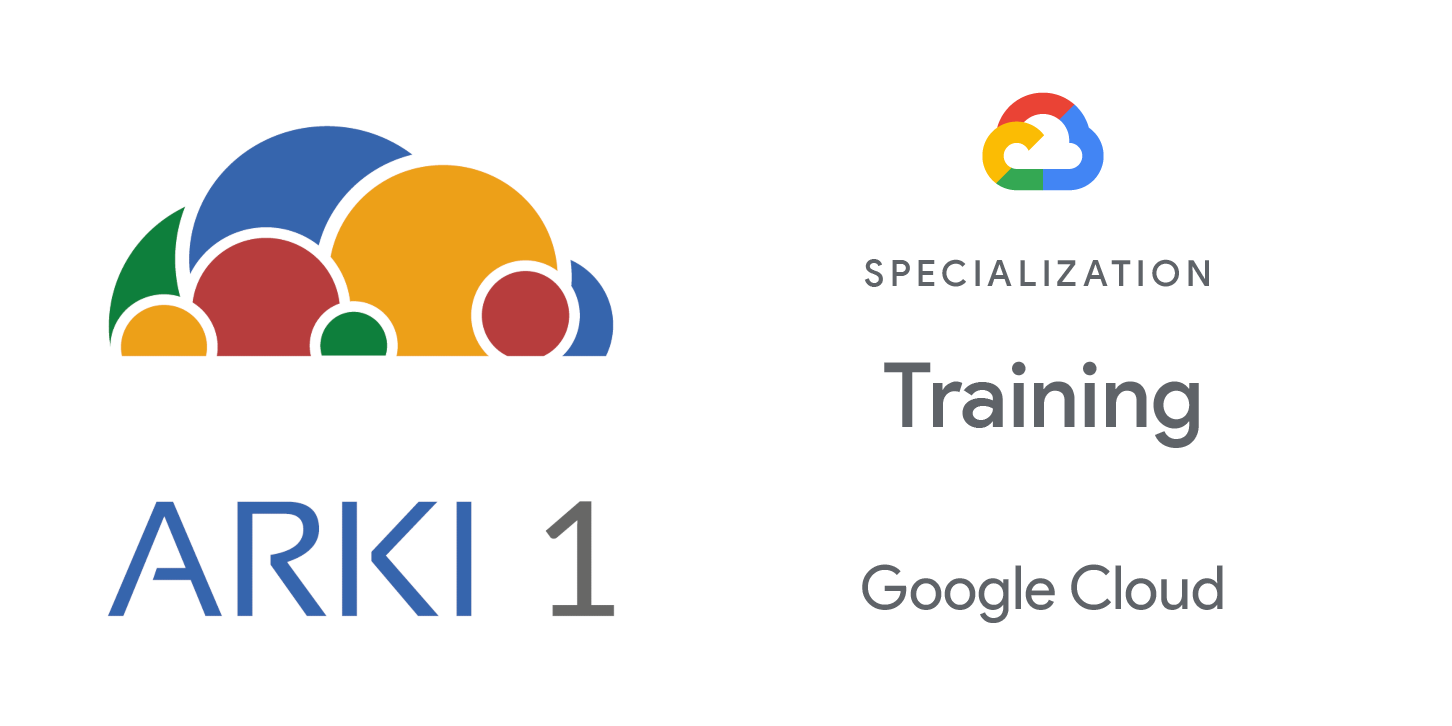In this course, you learn about Cloud Functions, Google’s serverless, fully-managed functions as a service (FaaS) product. With Cloud Functions, you implement single-purpose functions that respond to HTTP requests and process events from your cloud infrastructure.
Objectives
In this course, participants will learn the following skills:
- Recognize the benefits of and use cases for Cloud Functions in modern application development.
- Understand how to build, test, and deploy Cloud Functions.
- Secure and connect Cloud Functions to resources and cloud databases.
- Use best practices with Cloud Functions.
Prerequisites
To get the most of out of this course, participants should have:
- Knowledge of Google Cloud console, gcloud CLI, and basic programming experience in Node.js or Python.
- Some understanding of other Google Cloud services that include Cloud Storage, and Pub/Sub.
- Understanding of HTTP, and experience with using HTTP client tools like curl.
- Completion of the Google Cloud Fundamentals: Core Infrastructure course is recommended.
Duration
4 hours
Investment
Check the next open public class in our enrollment page. If you are interested in a private training class for your company, contact-us.
Course Outline
- Define Cloud Functions.
- Identify the use cases, features, and benefits of Cloud Functions.
- Distinguish the types of Cloud Functions, and identify the supported languages for developing functions.
- Develop and deploy a Cloud Function using the Google Cloud console and gcloud CLI.
- Understand the different kinds of triggers available, and learn how to specify triggers for functions.
- Connect services and functions with workflows.
- Connect functions to resources in a VPC network.
- Secure Cloud Functions with identity and network-based access controls.
- Understand function identity.
- Understand how to authenticate and authorize access to functions for invocation and administration.
- Protect functions and related data with encryption keys.
- Integrate Cloud Functions with cloud databases such as Firestore, and Memorystore.
- Use secrets with Cloud Functions.
- Use environment variables with Cloud Functions.
- Use best practices when developing and implementing Cloud Functions.
- Understand how to retry event-driven Cloud Functions on failure.


